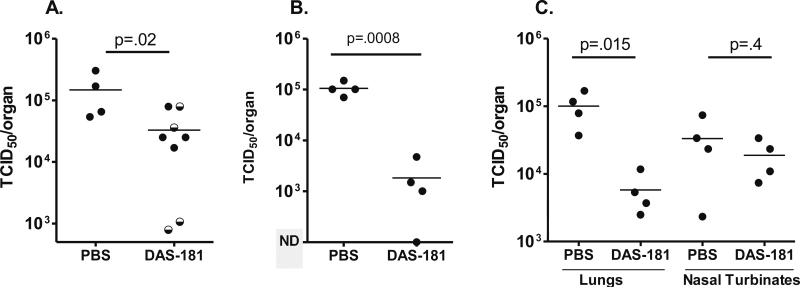Figure 3. DAS181 inhibits LRT hPIV-3 amplification in vivo in a cotton rat model.
(a) In the cotton rat model, DAS181 was tested for inhibition of hPIV-3#8 amplification. Briefly, cotton rats (Harlan, Inc., Indianapolis Indiana) were infected with ~1.5 × 106 TCID50 HPIV-3 in 100 μl i.n.. Four hours later, test animals were given a dose of DPBS or DAS181 at 0.3 or 1.0 mg/kg body weight in a volume of 100 μl by the i.n. route. Two more doses of drug were given 1 and 2 days after infection. On day 3 following infection, lungs were harvested and homogenized in 3-5 ml DPBS. For titering, samples were serially diluted from 10−1 through 10−6 and 200 μl/well were inoculated onto LLC-MK2 monolayers in replicate wells of 96-well plates. Plates were incubated at 33°C in 5% CO2 for 4 days. 50 μl supernatant from each well was removed, mixed with 50 μl turkey RBC, and incubated at 4°C for 45 minutes to 1 hour. Wells were scored as positive or negative for hemagglutination (HA). Virus titers (TCID50) were calculated based on HA data for each test animal using the Reed-Meunch formula. Each symbol represents the result from an individual animal. For DAS-181-treated animals, semi-solid and solid dots represent animals that received 0.3 mg/kg or 1 mg/kg drug, respectively. (b) Experiments were conducted as in (a), but the first dose of drug was administered one hour prior to infection rather than four hours after infection. (c) Experiments were conducted as in (b), but with measurements of viral titers in nasal turbinates as well as lungs. To harvest nasal turbinates soft tissues were removed from bony structures, suspended in 1 ml DPBS, and screened through a 70 micron filter.

